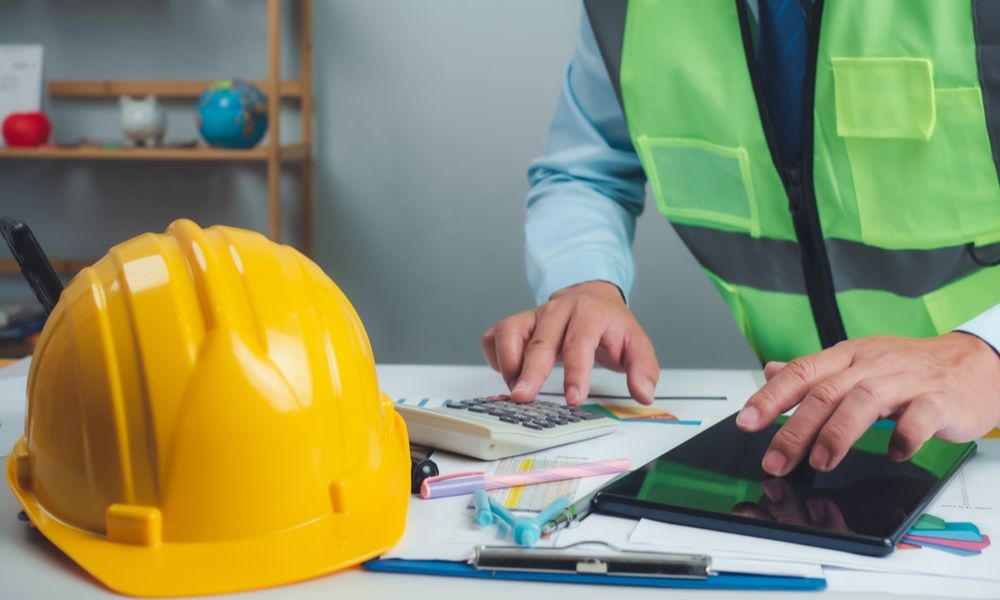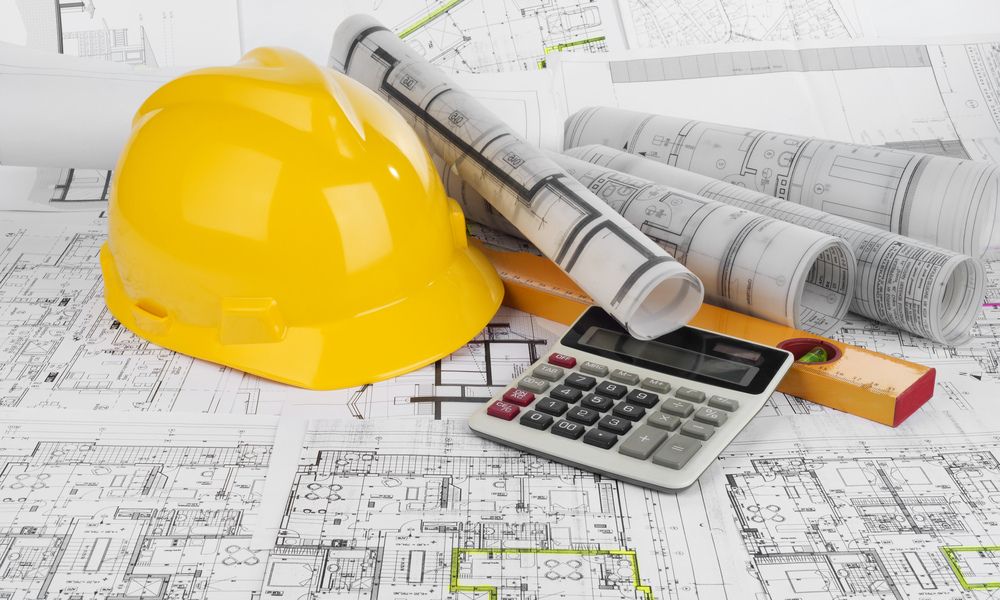In recent years, the construction industry has witnessed a transformative shift towards digitalization, with technologies such as Building Information Modeling (BIM) and the Internet of Things (IoT) becoming commonplace. Among these innovations, digital twins stand out as a groundbreaking advancement, particularly in quantity surveying.
Digital twins allow quantity surveyors to create dynamic, real-time representations of physical assets, providing invaluable insights throughout the project lifecycle. This blog will explore what digital twins are, their benefits in quantity surveying, and how to effectively leverage them for enhanced project outcomes.
Understanding Digital Twins
What is a Digital Twin?
A digital twin is a virtual representation of a physical object, system, or process. It is created by integrating data from various sources, including sensors, IoT devices, and BIM models. This digital counterpart can simulate the behavior, performance, and condition of its physical twin, enabling real-time monitoring and analysis.
Components of Digital Twins
- Data Acquisition: Digital twins rely on data collected from sensors and other monitoring devices installed on the physical asset. This data can include information about temperature, humidity, occupancy, and structural integrity.
- Modeling: The digital representation is created using sophisticated modeling software, incorporating the physical asset’s geometry, materials, and systems.
- Analytics: Advanced analytics tools process the collected data, providing insights into the asset’s performance and potential issues.
- Visualization: Digital twins can be visualized in 2D or 3D formats, allowing stakeholders to interact with the model and gain a better understanding of the asset.
Benefits of Digital Twins in Quantity Surveying
Enhanced Accuracy in Quantity Takeoffs
One of the primary responsibilities of a quantity surveyor is to perform accurate quantity takeoffs, which are essential for cost estimation and project budgeting. Digital twins provide precise, real-time data about the physical asset, allowing quantity surveyors to derive quantities directly from the digital model. This integration significantly reduces the likelihood of errors associated with manual measurements and outdated drawings.
Improved Cost Management
Digital twins enable quantity surveyors to analyze costs in real-time throughout the project lifecycle. By continuously monitoring the performance of materials and systems, QS professionals can identify potential cost overruns early and make informed decisions to mitigate risks. This proactive approach to cost management can lead to significant savings and improved profitability for construction projects.
Enhanced Collaboration and Communication
Digital twins serve as a shared platform for all stakeholders involved in a project, including architects, engineers, contractors, and clients. This centralized information source fosters better communication and collaboration among team members, allowing for quicker decision-making and issue resolution. Quantity surveyors can easily share insights and data from the digital twin, ensuring that everyone is on the same page.
Lifecycle Management
Digital twins facilitate comprehensive lifecycle management of assets, providing valuable insights from design through construction and into operation. Quantity surveyors can utilize digital twins to monitor the performance and condition of assets over time, enabling them to make data-driven recommendations for maintenance, repairs, or upgrades. This holistic approach to asset management helps extend the lifespan of physical assets and improve overall performance.
Scenario Planning and Predictive Analytics
Digital twins enable quantity surveyors to conduct scenario planning and predictive analytics, allowing them to assess the impact of various factors on project outcomes. By simulating different scenarios, QS professionals can evaluate potential risks and opportunities, ultimately leading to more informed decision-making. This capability is particularly valuable in complex projects where multiple variables must be considered.

Implementing Digital Twins in Quantity Surveying
Data Collection and Integration
The first step in leveraging digital twins is to establish a robust data collection and integration strategy. This involves identifying the data sources required for creating the digital twin, such as IoT sensors, surveying equipment, and existing BIM models. Quantity surveyors should work closely with IT professionals to ensure that the data collected is accurate, reliable, and compatible with the modeling software.
Choose the Right Software
Selecting the appropriate software for creating and managing digital twins is critical to their success. Quantity surveyors should consider tools that offer robust modeling capabilities, real-time data integration, and advanced analytics features. Some popular software options for digital twin creation include:
- Autodesk BIM 360: A cloud-based platform that integrates BIM with real-time data to create dynamic digital twins.
- Siemens Digital Industries Software: Offers comprehensive solutions for modeling and simulating physical assets, including digital twin capabilities.
- Graphisoft ArchiCAD: A BIM software that allows for the creation of digital twins and real-time visualization of projects.
Training and Skill Development
To effectively leverage digital twins, quantity surveyors must possess the necessary skills and knowledge. Organizations should invest in training programs that focus on digital twin technologies, data analytics, and software tools. This investment will empower QS professionals to maximize the benefits of digital twins and enhance their contributions to projects.
Collaborate with Technology Partners
Collaborating with technology partners can accelerate the implementation of digital twins. Quantity surveyors should engage with specialists in IoT, data analytics, and software development to ensure that the digital twin strategy is well-executed. These partnerships can provide valuable insights and resources to support the successful integration of digital twins into quantity surveying practices.
Best Practices for Leveraging Digital Twins
Start Small and Scale
When implementing digital twins, it’s advisable to start with smaller projects or specific components of larger projects. This approach allows quantity surveyors to gain experience and refine their processes before scaling up to more complex applications.
Focus on Data Quality
The success of digital twins relies heavily on the quality of the data collected. Quantity surveyors should establish protocols for data validation and verification to ensure that the information used for modeling and analysis is accurate and reliable.
Regularly Update the Digital Twin
Digital twins should be continuously updated with new data as the project progresses. This ongoing maintenance ensures that the digital representation remains aligned with the physical asset, providing accurate insights and analysis.
Foster a Culture of Collaboration
Encourage a collaborative culture among all stakeholders involved in the project. By promoting open communication and information sharing, quantity surveyors can enhance the effectiveness of digital twins and facilitate better decision-making.
Challenges in Implementing Digital Twins
Data Security and Privacy
The integration of digital twins involves the collection and storage of sensitive data. Quantity surveyors must prioritize data security and privacy by implementing robust cybersecurity measures and compliance protocols.
Integration with Existing Systems
Integrating digital twins with existing systems can be challenging, particularly if the current infrastructure is outdated. Quantity surveyors should assess their current systems and consider upgrades or replacements to facilitate seamless integration.
Resistance to Change
Adopting new technologies can be met with resistance from team members accustomed to traditional methods. Quantity surveyors should emphasize the benefits of digital twins and provide adequate training to encourage acceptance and adoption.
Conclusion
In conclusion, digital twins represent a significant advancement in quantity surveying, offering numerous benefits that can enhance project outcomes. By leveraging digital twins, quantity surveyors can improve accuracy in quantity takeoffs, streamline cost management, enhance collaboration, and facilitate lifecycle management.
As the construction industry continues to embrace digitalization, mastering digital twin technology will be essential for quantity surveyors seeking to remain competitive and deliver successful projects.
Ready to enhance your skills in quantity surveying?
Enroll in our Quantity Surveying Course Online today! Gain the knowledge and expertise you need to excel in this dynamic industry. Don’t miss this opportunity.




